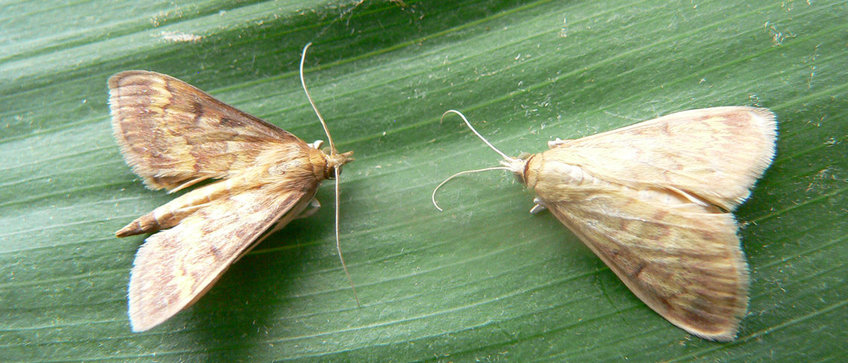
Publikationen von Ilka Vosteen
Alle Typen
Zeitschriftenartikel (5)
2018
Zeitschriftenartikel
Dealing with food shortage: larval dispersal behaviour and survival on non-prey food of the hoverfly Episyrphus balteatus. Ecological Entomology 43 (5), S. 578 - 590 (2018)
2016
Zeitschriftenartikel
Enemy-free space promotes maintenance of host races in an aphid species. Oecologia 181 (3), S. 659 - 672 (2016)
Zeitschriftenartikel
Hoverfly preference for high honeydew amounts creates enemy-free space for aphids colonizing novel host plants. Journal of Animal Ecology 85, S. 1286 - 1297 (2016)
Zeitschriftenartikel
Is there any evidence that aphid alarm pheromones work as prey and host finding kairomones for natural enemies? Ecological Entomology 41 (1), S. 1 - 12 (2016)
2015
Zeitschriftenartikel
The aphid alarm pheromone (E)-beta-farnesene does not act as a cue for predators searching on a plant. Chemoecology 25, S. 105 - 113 (2015)
Hochschulschrift - Doktorarbeit (1)
2015
Hochschulschrift - Doktorarbeit
Searching behavior of aphid natural enemies and ist implications for host-race maintenance in the pea aphid complex. Dissertation, Friedrich-Schiller-Universität, Jena (2015)